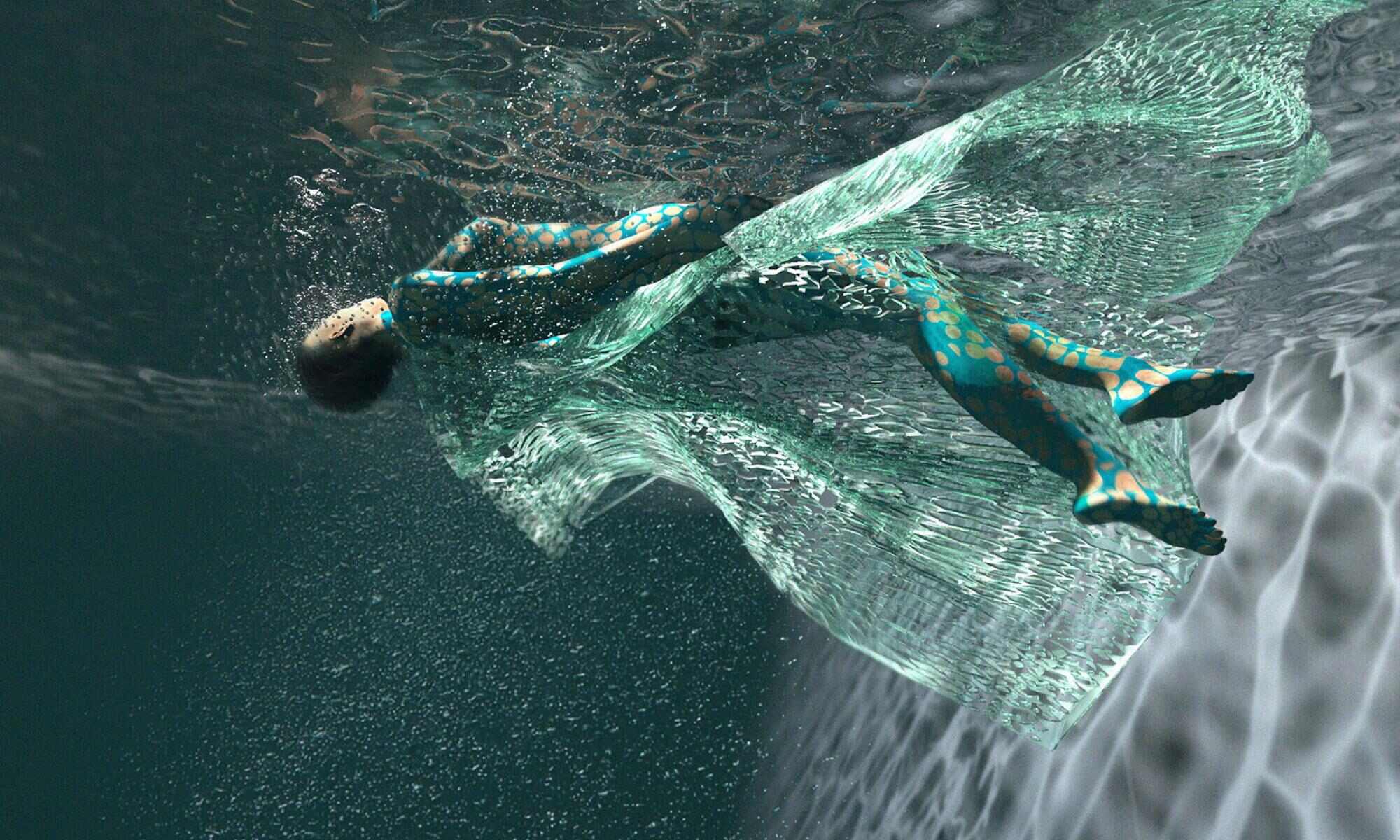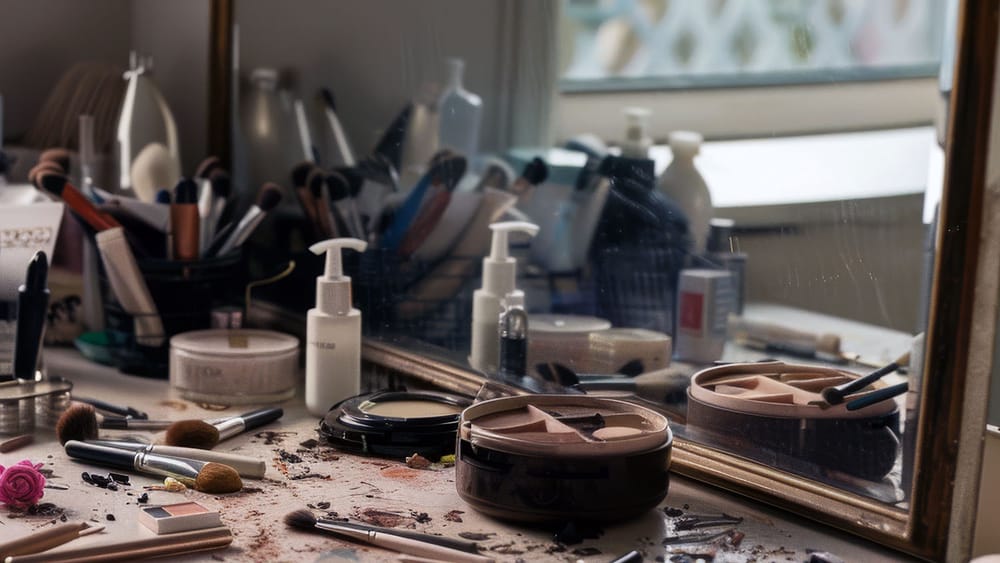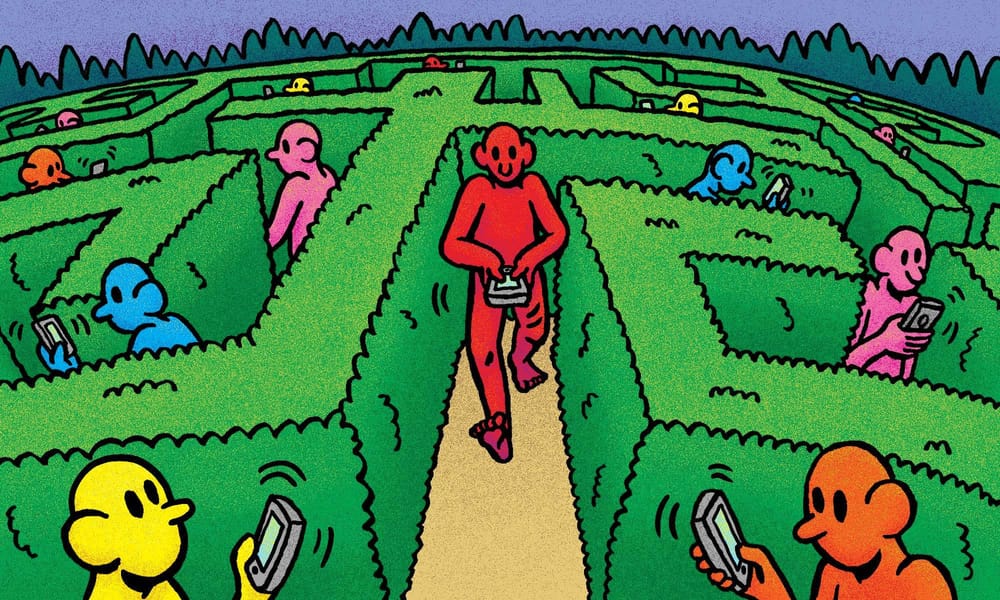As the Earth’s ecosystems crumble under the immense pressures of an increasingly consumerist world, scientists and biotech companies are putting on their superhero capes to help mitigate the damage. In this photo essay, we take you on a visual tour through the world of biomaterials and explore the possibilities of their application to real-world problems.
Ananas Anam: the plant-based pioneers of the textile industry
In the 1990s, a leather goods expert by the name of Dr Carmen Hijosa was on a work trip in the Philippines, when she discovered that the leather industry was harmful to both local people and the environment due to the hazardous chemicals and heavy metals used to make leather. Hijosa then spent the next seven years developing a leather alternative called Piñatex, made from fibres extracted from waste pineapple leaves—a pre-existing by-product of the pineapple farming industry in the Philippines. She subsequently founded the company Ananas Anam and began selling the material. Over the years, Piñatex has gained widespread popularity among fashion brands and is today used by multinational labels like H&M and Hugo Boss as well as boutique brands like LUXTRA. As one of the first brands to provide a plant-based alternative to real leather, Ananas Anam has played a pivotal role in changing the face of fashion by showing the commercial viability of plant-based materials.
TômTex: waste just got luxurious
New York City based textile researcher and designer Uyen Tran grew up in Da Nang, Vietnam, which she remembers as being an epicentre of textile waste landfills. Tran was so deeply affected by the detrimental impact of pollution on her home town that she started her own company, TômTex, to find a permanent solution to the problem.
TômTex produces bioleathers made from seafood shell waste and coffee grounds, both of which are abundant resources: globally, about six to eight million tonnes of seafood shell waste and about 9.5 million tonnes of coffee waste are produced each year. The basis of TômTex’s bioleathers are created using chitin, a biopolymer extracted from waste crab, shrimp and lobster shells. By utilizing these by-products, TômTex not only saves on the environmental costs of sourcing new raw materials but also provides a completely biodegradable, toxin-free and plastic-free alternative to real leather.
BIOHM: revolutionising construction through biomimicry and mushrooms
Mushrooms usually find their homes in the wilderness, but they can also grow within the walls of a lab. In the world of interior design, mycelium—the vegetative, fine, white filaments of mushrooms—is making waves with its ability to be grown and manipulated into a wide range of shapes, textures and sizes. Biotech company BIOHM is revolutionising the building industry with the world’s first accredited insulation product made completely out of mycelium. BIOHM grows mycelium by allowing it to feed on synthetic, as well as organic, commercial and agricultural by-products that would otherwise end up in landfills, resulting in a net positive impact on the environment.
In their research, BIOHM have found that mycelium outperforms petroleum-based products when it comes to thermal and acoustic insulation. Not only is it more efficient, but their insulation product is also safer and healthier, containing no “synthetic resin-based materials that cause the harmful toxic smoke and quick spread of flames during a fire.”
Mogu: designing interiors hand-in-hand with nature
After construction comes the essential step of designing the interiors. Mycelium comes to the rescue again with biotech company Mogu’s elegant design pieces for interiors. Mogu are passionate about exploring the potential of mycelium for design and architecture and are guided by the principle that nature is the best architect.
They grow pre-selected strains of mycelia on pre-engineered substrates made from agro-industrial waste products. Through this process, Mogu have mastered the art of engineering mycelia to produce aesthetically pleasing and reliable products that are 100 percent plastic-free and biodegradable. Mogu works at the cutting edge of biofabrication and material science to make interior design a kinder process that works hand-in-hand with nature.
Scarlett Yang: changing the course of fashion from a lab
Driven by the desire to design a material that would minimise waste, London-based materials designer and creative technologist Scarlett Yang put her head down and began experimenting in the lab. Finally, she achieved a breakthrough with the biotextile ‘Ori Seri,’ which she created using primarily algae extract and sericin, a natural protein derived from silkworm that is otherwise a wasted by-product in the textile industry. The glass-like material was sensitive, environmentally responsive (growing and changing shape according to temperature and humidity) and fully biodegradable in water within 24 hours. During the experimentation process, Yang also worked with 3D simulation technology to model the textile digitally, which enabled her to reduce the wastage of excess material and energy. ‘Ori Seri’ has become a huge success, and a number of research labs, sustainability foundations and innovation incubators have extended their support to Yang. It is only a matter of time before we see materials such as Yang’s go from the lab to haute couture runways to ready-to-wear storefronts around the world.
Spiber Inc: fabrics from fermentation
Fermentation, the ancient biotechnology that predates the recorded history of man, has in the past been reserved for the food industry; however, in recent years, the technology has begun transforming an industry that we may not commonly associate it with—fashion. Japanese biotech company, Spiber Inc, has taken fermentation into the realm of textiles by developing a special range of biomaterials through a genetically engineered fermentation process that uses sugars and microbes, replacing the petrochemicals typically used to make synthetic textiles. According to Spiber Inc, the Brewed Protein materials don’t break down into microplastic particles or need a ton of energy to produce because of their environmentally friendly production process. Through genetic engineering, Brewed Proteins can be fashioned into silky fabrics or woven into textiles that mimic the softness of cashmere and the warmth-preserving qualities of wool. The protein’s properties can also be customised for various applications that go beyond the world of textiles, such as in the automobile and medical tech industry.







